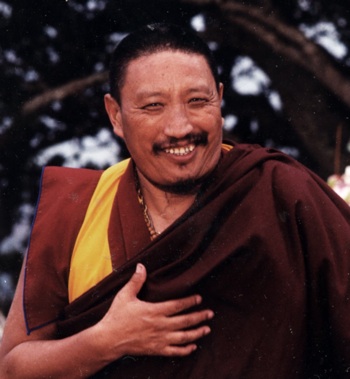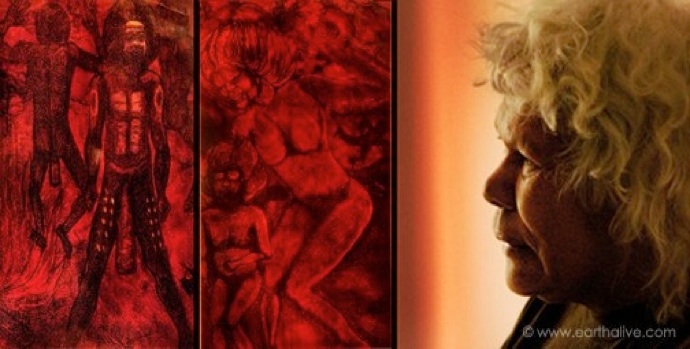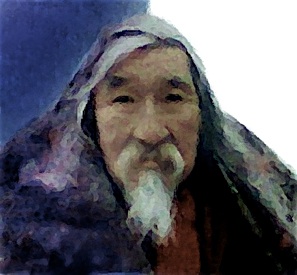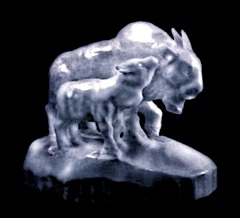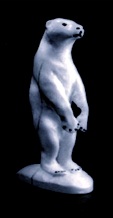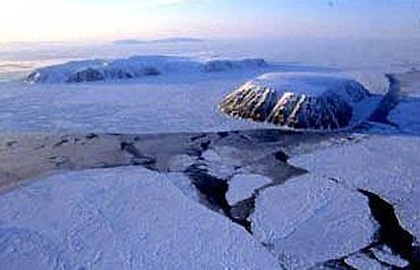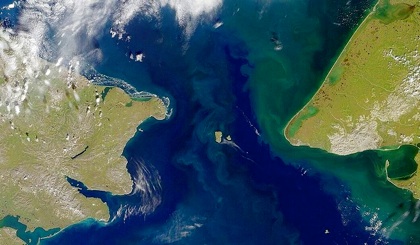THE WISDOM KEEPERS
Many of the Native peoples who are opening their ceremonies and sharing ancient traditions, sacred songs, dances, teachings and wisdom teachings come from tribes and cultures whose traditional practices have been suppressed or forbidden by the dominant culture - sometimes for hundreds of years. Some reveal that they are following prophetic instructions that have been passed down from generation to generation in their tribe; they say that “now is the time” for them to share their knowledge.
Karuk medicine man Charlie Thom says, “I will not take my knowledge with me to the happy hunting ground... I want to record these things so that my grandchildren... Lord knows how many years from now, 20 or 30 years, maybe more... will hear my voice and remember the old ways.”
The indigenous elders of peaceful, sustainable cultures know why their people have survived. We can learn from them how to be naturally healthy, create peace in our lives, and bring these things into into our communities and the world.
Wisdom Keepers come from different parts of the world, but they all speak of the same things:
-
• We have entered a time of chaos, destruction, purification and great change.
• We must listen to the Earth and learn to respect all living things.
• We must recognize the damage we have caused to the Earth - and to each other - and begin to repair what we have done.
-
• We must learn to see each other as brother and sister, beyond all apparent differences of belief, culture, color, language, and religion.
As we become aware of the natural laws of relationship and responsibility, to our Earth and to each other, the more we will be able to understand what interconnection and interdependence means. By discovering and embracing our commonalities, and respecting and honoring our differences, we will be able to develop understanding and forgiveness, increase our capacity for compassion and wisdom, learn how to live in harmony, and make room for true healing.
Only then will we be able to create lasting peace on Earth!
